Tradition and Terroir
Our hometown of Erbach looks back on over 1000 years of wine-growing history. So it's no wonder that wine still plays a major role here today. Between Eltville and Hattenheim, directly on the Rhine, 269 hectares in the Erbach district are currently planted with vines. The climate here on the Rhine is mild, as the nearby Taunus keeps cold winds and other unfavorable weather fronts at bay. The grapes benefit from the south to southwest orientation of the vineyards towards the Rhine, which guarantees generous sunshine.
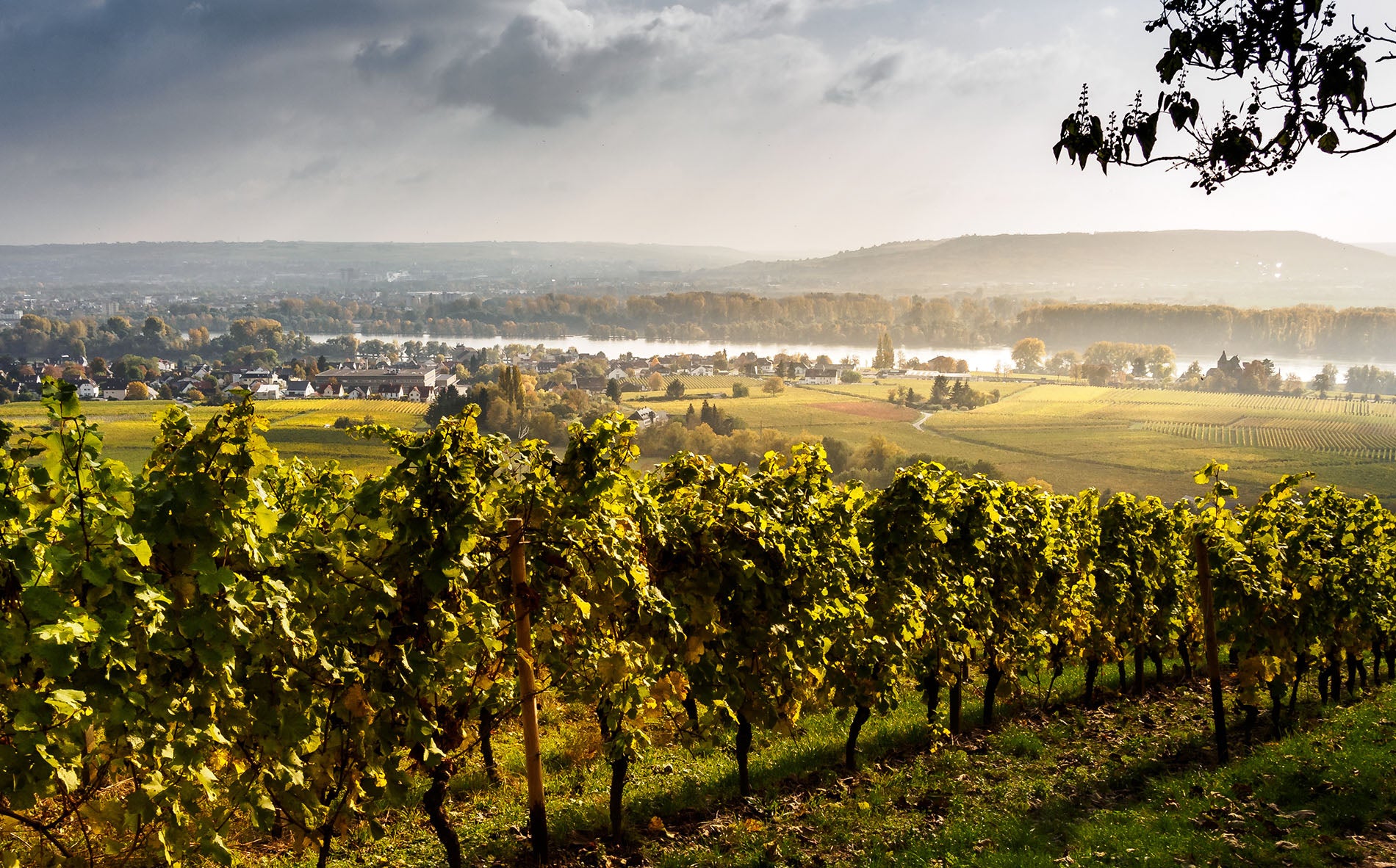
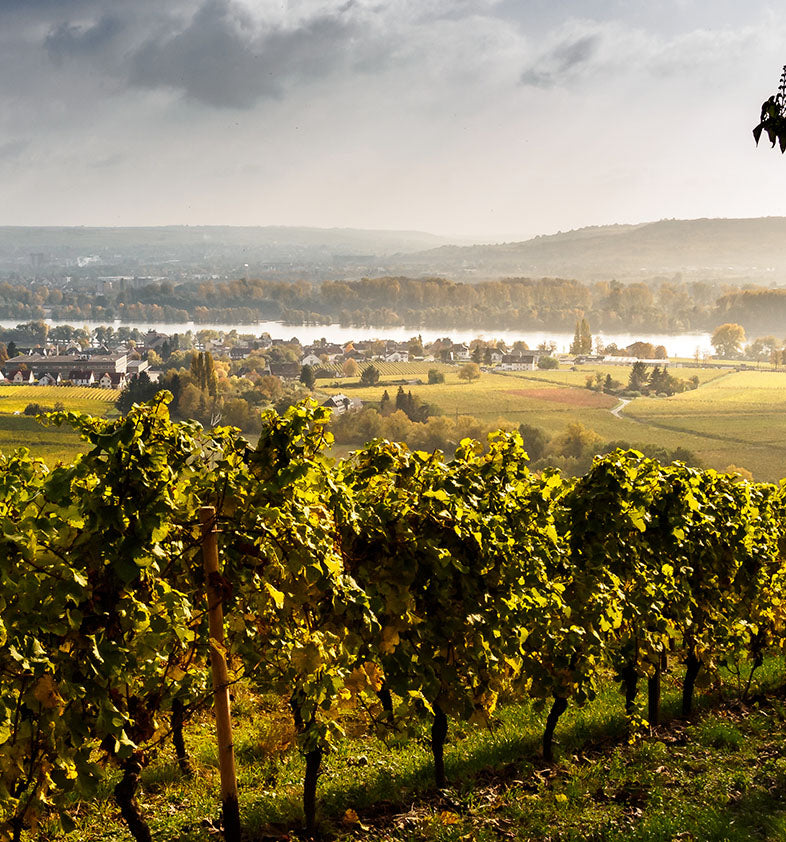
We cultivate 16 hectares of vineyards, of which around 70 percent are planted with Riesling, the typical Rheingau grape variety. We also grow Pinot Noir, Sauvignon Blanc, Pinot Gris, Pinot Blanc, Muscat Gold and, recently, the fungus-resistant grape variety (Piwi) Sauvignac.
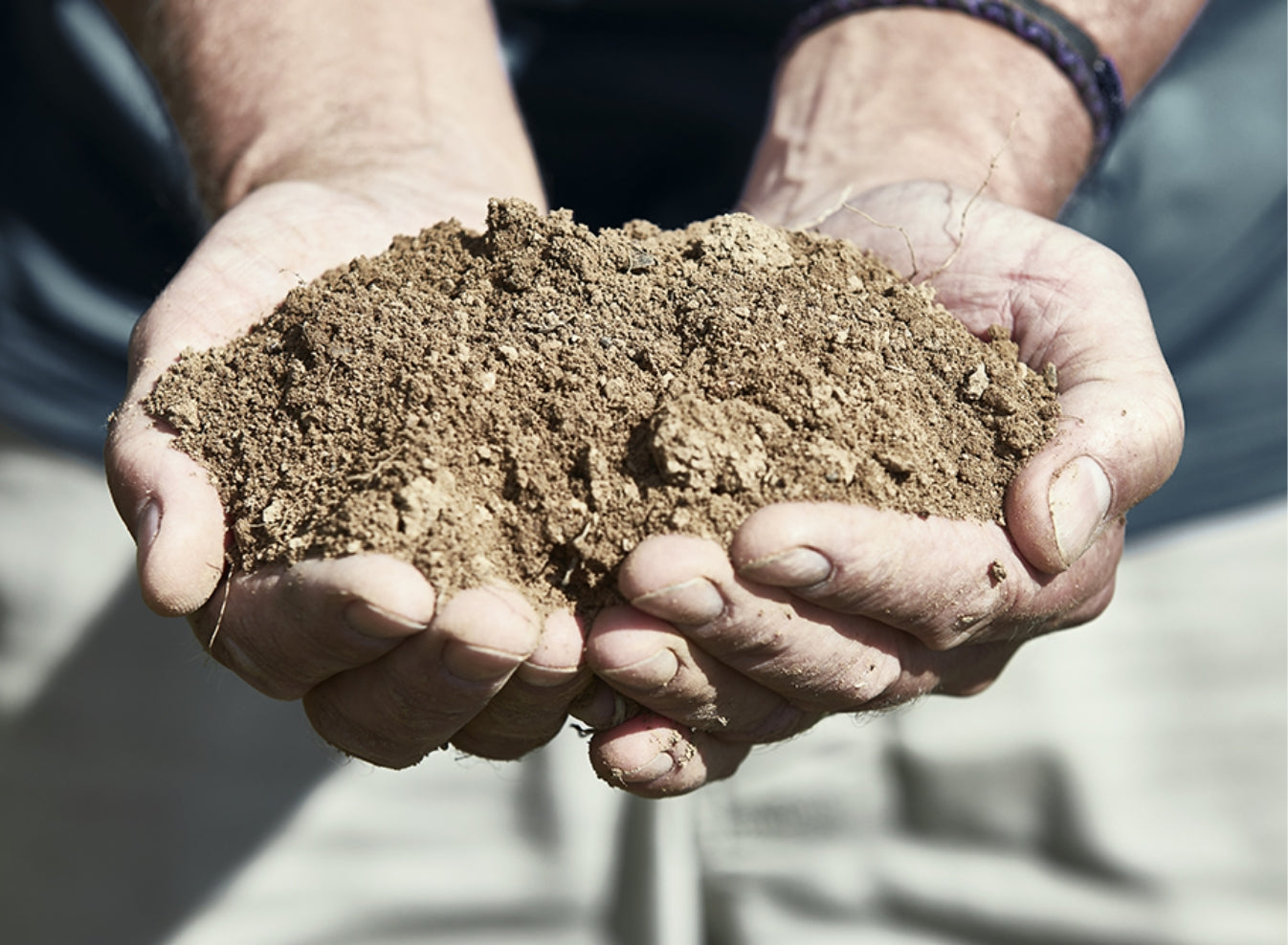
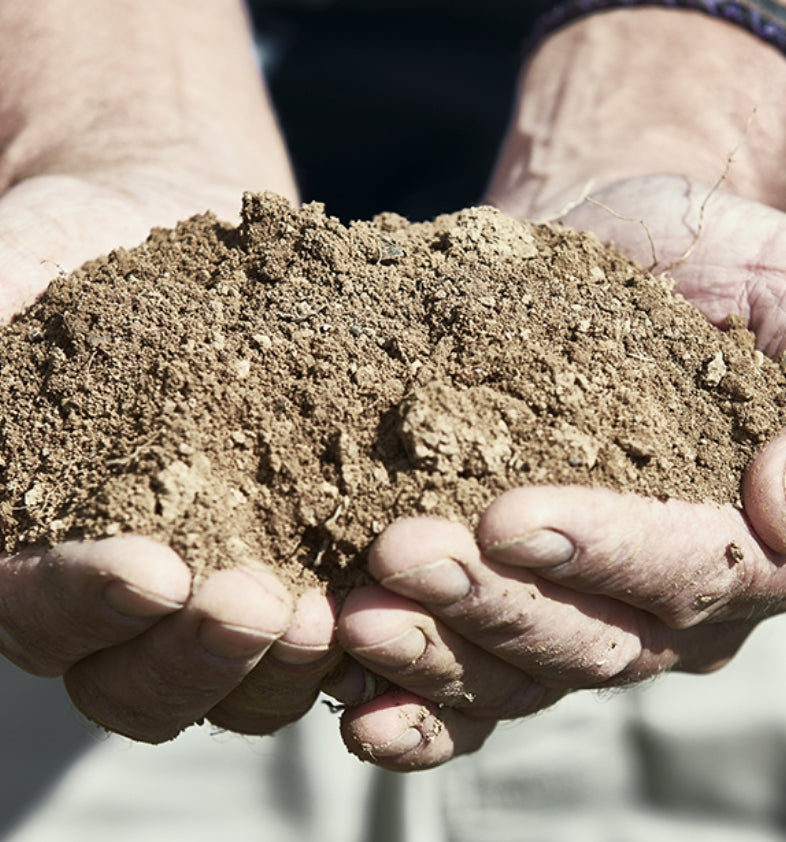
Our wines grow in Erbach vineyards and in the neighboring communities of Hattenheim, Hallgarten and Kiedrich.
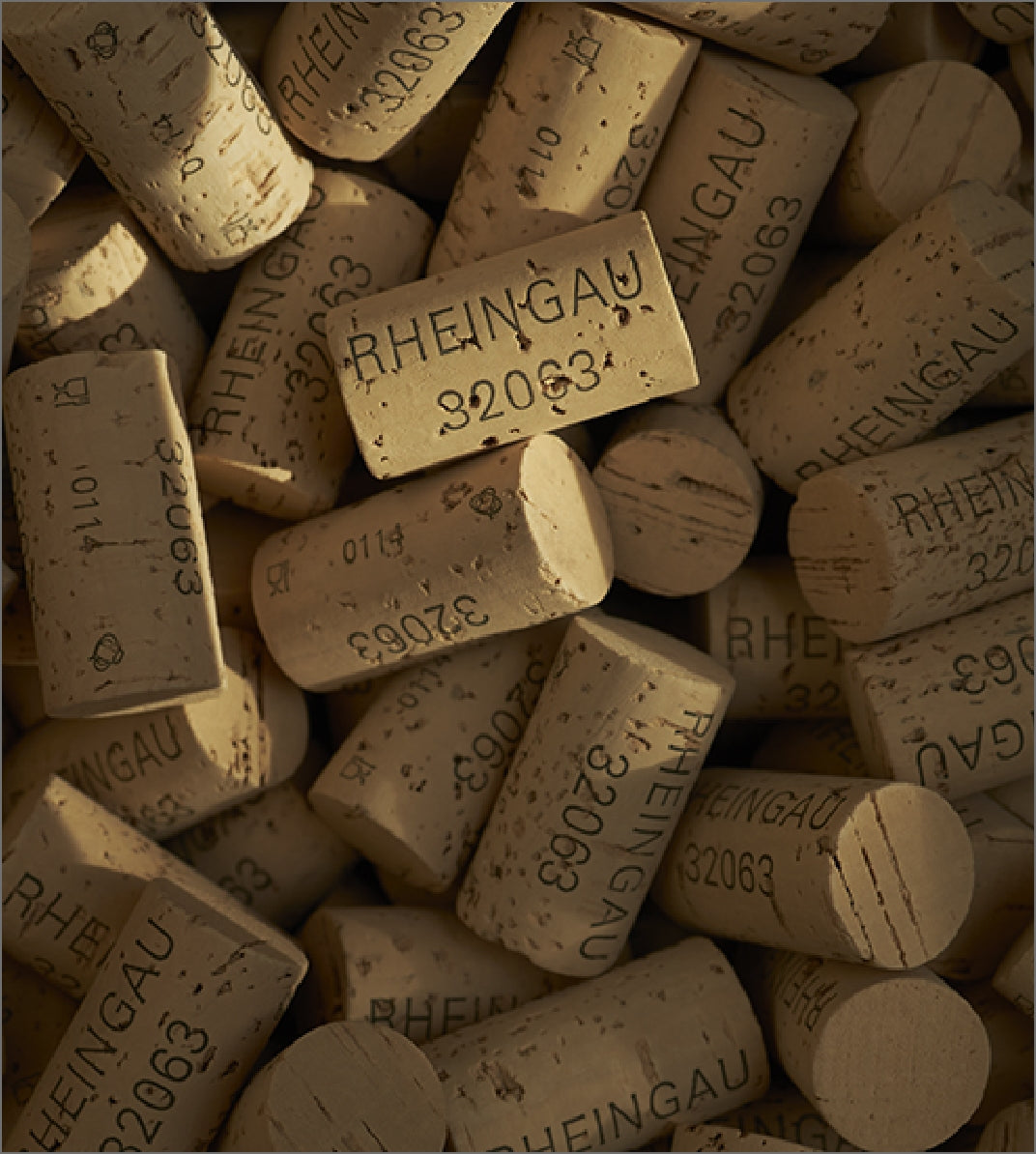
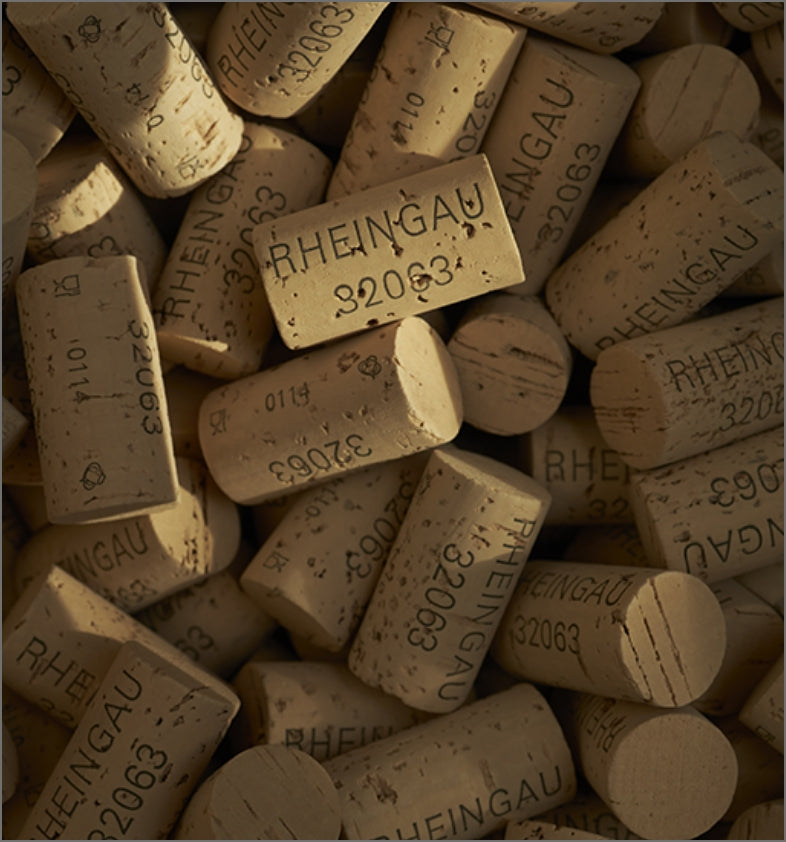
Our locations in detail
One of the best locations in Erbach. A document from 1211 mentions this location for the first time. It is described as being one acre in size and as being stony. "Stony" probably refers to the gravel that can be found in the soil with loess and loess loam. Rieslings with piquant fruit and beautiful minerality are produced here. One of our Rheingau Grosses Gewächse (RGG) comes from this location.
Another top location in Erbach. The name is said to have come from a document, i.e. with "letter and seal". The south-facing slope is sheltered from the wind and optimally exposed to the sun. This leads to the vines blooming and ripening very early. The soil consists of clay and loess loam. This promises strong and finely fruity wines with ripe acidity. Here, too, we harvest grapes for a Rheingau Großes Gewächs (RGG).
At the northern end of Erbach in the direction of Kiedrich lies the Michelmark, which takes its name from the Old High German word "michil" ("large plot of land"). The syllable "Mark" was formerly used as a synonym for "mountain". The vines are on a dome-shaped mountain that slopes towards the southwest. The soil contains gravelly loess and marl, which is interspersed with humus. Lime bubbles between the layers ensure a beautiful minerality in the wines.
This large site is predominantly characterized by deep marl and loess clay, but also by alluvial soils. It takes its name from the beehives that were once kept there.
This location to the east of Hallgarten probably owes its name to the Cistercian monks from the neighboring Eberbach monastery, who dedicated this vineyard to the Virgin Mary. The vineyards, which slope to the south and southwest, are blessed with sunshine. Quartzite in the sandy soil stores the heat. A cone-shaped depression protects the vines from cold winds. Fresh, elegant and mineral wines grow here.
Schönhell – its name means something like "beautiful slope". West of Hallgarten it slopes towards the south. The soil consists of gravel with a loess base, which can store water excellently. The Schönhell produces wines with plenty of body, fruit and a hearty acidity.
A former spice garden, which used to belong to every farm, gave this vineyard its name. Its soils are characterized by gravelly loess and deep loess clay. The wines from here are characterized by a piquant, mineral note.
Sand was once mined here for building purposes. The large single vineyard, facing south to southwest, has a slight slope, which ensures that the vines receive plenty of sunlight. The soils mostly consist of deep loess and loess loam, which are also interspersed with gravel, sand and lime. Fine Rieslings with elegant acidity can be expected from here.
Hazelnut bushes, which probably once grew wild here, are probably the namesake of this location. The location was mentioned in documents as "zu hasele" as early as 1273 and 1312 and then became known as "hasselt" in the 19th century. The vines here find a good supply of water and nutrients in the deep loess and loess loam. Protected from cold north winds, the Hassel produces rich, powerful and juicy wines.

